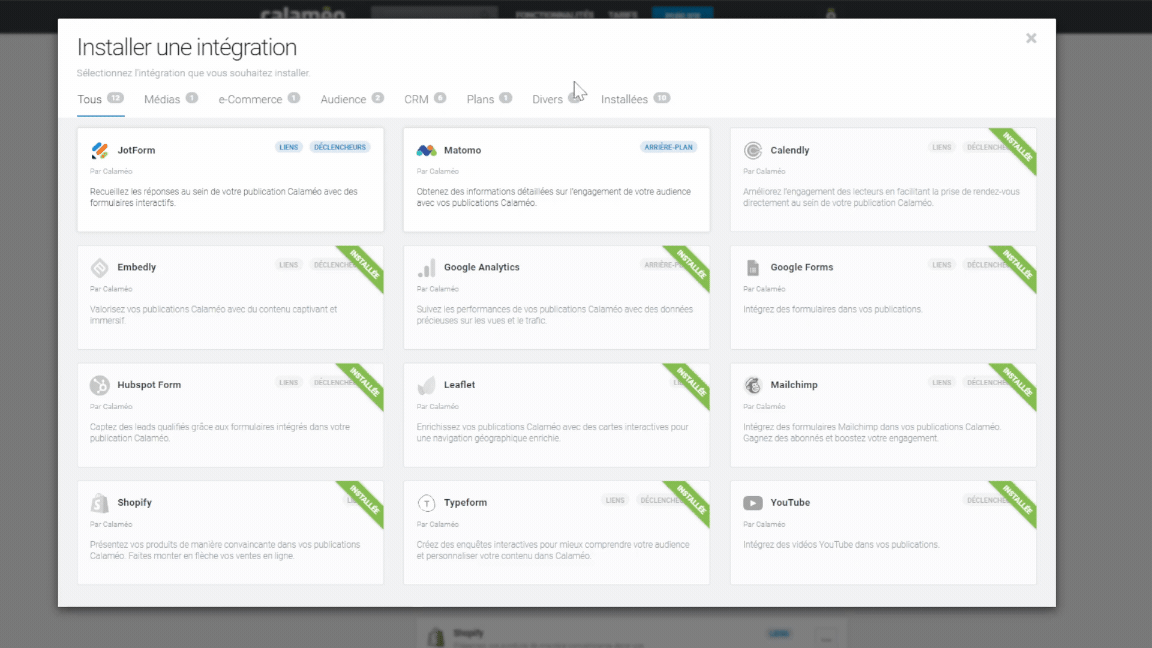Well before the pandemic arrived, many companies were already using digital publishing in their strategies. However, practically all business activities were compelled to adapt to online-only in the early spring of 2020. Businesses quickly pivoted to using digital publishing in creative ways. Here we’ve compiled some of the ways that digital publishing helped businesses adapt during the pandemic.
Touchless menus
Due to the risk posed by people touching the same menu, many restaurants and bars turned to touchless menus. And while posting menus online is not a new phenomenon, the pandemic was the catalyst for more restaurants to start publishing their menus digitally. More specifically: a digital format available for diners to consult instantly on their mobile devices while at the restaurant.
How it works: using their own mobile device, diners scan a QR code on their table. They are then redirected to the digital menu that is posted on the restaurant’s website or a digital publishing platform such as Calaméo. No need to touch a physical menu!
Thanks to digital publishing, restaurants are able to update their menus easily. Also, the public appreciates the convenience of reading the menu without coming into contact with a high-touch object like a physical menu. Our prediction? Digital menus are here to stay!
Digital business cards
Gone are the days of trading paper business cards with a new contact, only to lose them in the shuffle of countless other business cards in your possession. And as businesses moved online during the pandemic, there weren’t opportunities to meet face-to-face and trade business cards. Now it is easier than ever to create and publish business cards digitally. Consider switching to digital business cards so that contact information can be saved digitally in one place and there will be no risk of cards going missing.
Services
Limiting time in an enclosed space where other people are present is essential for stemming the spread of the virus. With this in mind, many businesses decided to upload their services onto digital publishing platforms. Now, customers can choose what they want before they come in person to receive their service (think: salons and spas). This avoids unnecessary time spent together inside. It also means that more time can be devoted to the service itself rather than discussing and deciding.
With many in-person businesses limiting the number of appointments they provide per day, posting their services on a digital publishing platform where customers can read and decide in advance eliminates the need to have long buffer periods in between appointments; therefore the business can accept more clients every day. It’s a win-win!
💡 TIP: Platinum members can use the “Overlay” option which inserts forms that open in your publication, useful for implementing pre-booking and virtual check-ins, for example
Digital flyers, brochures
In-person events are slowly coming back, but enthusiasm for the printed materials that come with them is not. Much like paper business cards, printed materials such as flyers or brochures are going out of fashion. Whether it’s a company brochure or a flyer announcing a new event, it’s likely that the printed materials will just end up in the trash. In addition, due to the risk of community spread, sharing materials digitally is a safer option. Not to mention the resources saved when you opt to go digital!
By using Calaméo’s platform and optimizing your content, your digital publication will wow potential clients. They won’t even miss the paper brochures and flyers of the past!
💡 TIP: Don’t know where to start? Check out our Ultimate Guide to Digital Publishing and you’ll be a digital publishing whiz in no time
Digital publishing became a crucial tool that helped businesses adapt during the pandemic. The events of 2020 and 2021 have shown the world that digital publications are an efficient and safe way to distribute information. Now individuals and companies alike have adapted to this new way of consuming, creating, and sharing content.








